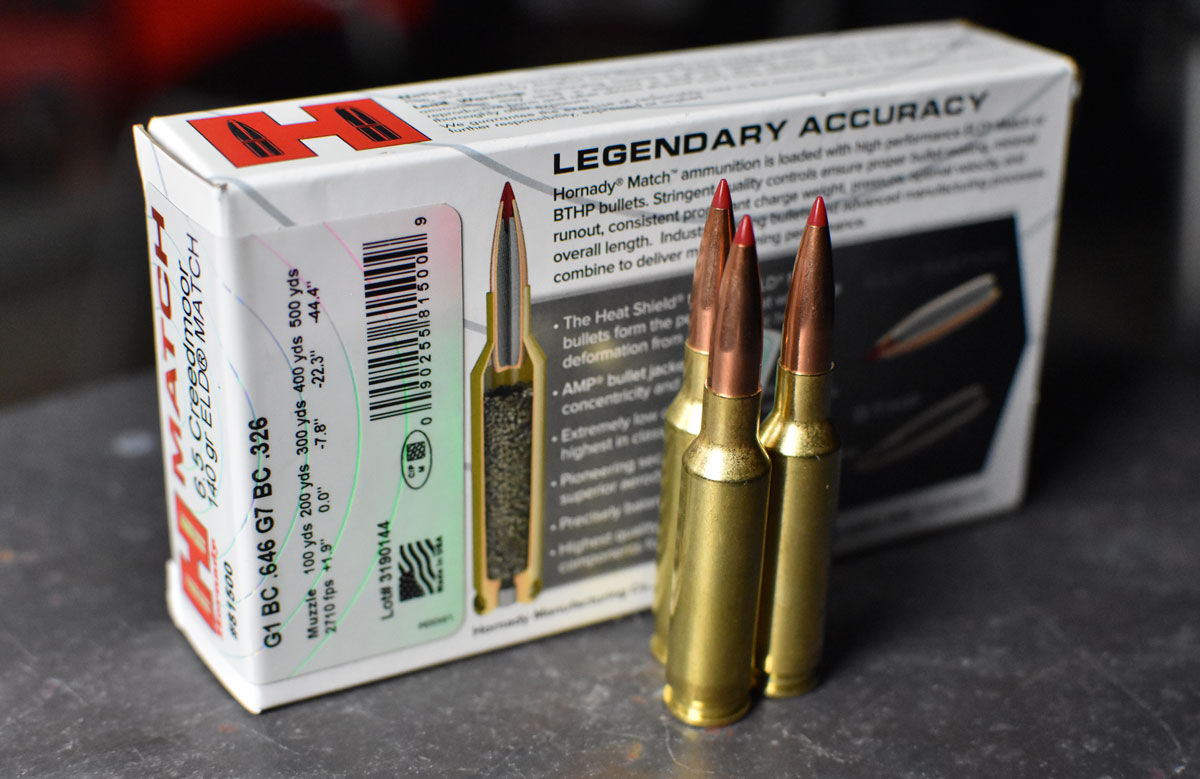
Adam MacDonald explains an important aspect when it comes to ES: “ For normally distributed sample data, the extreme spread is a misleading measure of the variation because it ignores the bulk of the data and focuses entirely on whether extreme events happened to occur in that sample.” (Not sure what “normally distributed” means? Read Part 1. In general, SD is usually a more reliable stat when it comes to quantifying the muzzle velocity variation. I’ll try to provide a balanced perspective on when we should use one or the other. There are scenarios where SD is the best to use, and other scenarios where ES may be more helpful. So it’s probably a bad idea to be completely dismissive of either ES or SD. So here is a very important point: An over-reliance on any descriptive statistic can lead to misleading conclusions.” – Charles Wheelan Descriptive statistics can be like online dating profiles: technically accurate and yet pretty darn misleading! Descriptive statistics exist to simplify, which always implies some loss of detail or nuance.

The bad news is that any simplification invites abuse. “Descriptive statistics are very good at summing up a bunch of data points into a single number. But remember this important point from the last article, when it comes to any descriptive statistic, like ES or SD: Some shooters have strong opinions about which of those two measures are most applicable or relevant when it comes to long-range shooting, and they might completely ignore one or the other. (Note: Part 1 explained SD in detail, so please read that if you aren’t familiar with it – or the rest of this won’t make sense.) A low SD indicates all our velocities are closer to the average, while a high SD indicates the velocities are spread out over a wider range. Standard Deviation (SD): A measure of how spread out a set of numbers are.Extreme Spread (ES): The difference between the slowest and fastest velocities recorded.The two most common stats shooters use to quantify variation in muzzle velocity are: The next article, Part 3, will focus on the application of similar concepts when it comes to analyzing group size and dispersion. Part 1 laid the foundation that we’ll build on here, so if you haven’t read it I’d start there. It will explain the different methods shooters use to quantify variation in velocity, dispel a few common misconceptions, and provide some practical tips. To see how much consistent muzzle velocity matters in terms of hit probability at long-range, read How Much Does SD Matter?Ī primary goal of many long-range handloaders is to develop ammo with optimal muzzle velocity consistency, so this article will be 100% focused on helping us get more insight and make better decisions related to that. So it is very helpful for us as long-range shooters to understand the variation we can expect from our ammo shot-to-shot. While the goal is for each shot to leave the muzzle at precisely the same velocity, no ammo is perfect.


Consistent muzzle velocity is key for long-range shooting, otherwise, bullets that leave the muzzle faster than normal could miss high, or bullets that leave the muzzle slower could miss low.


 0 kommentar(er)
0 kommentar(er)
